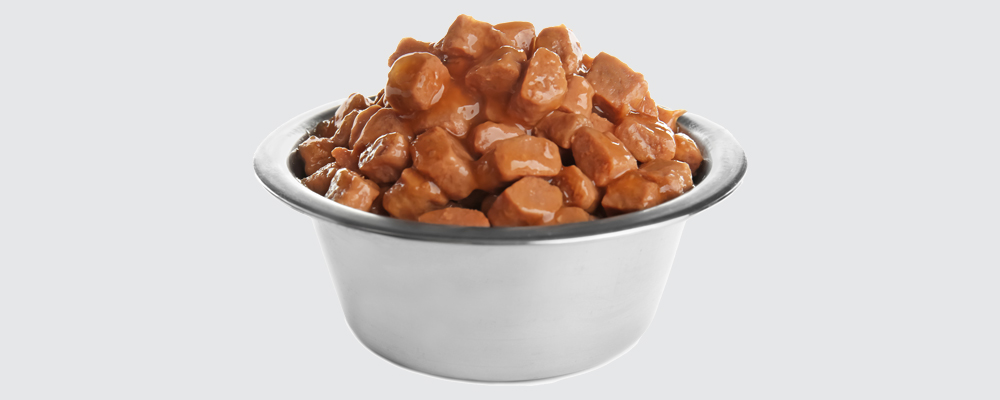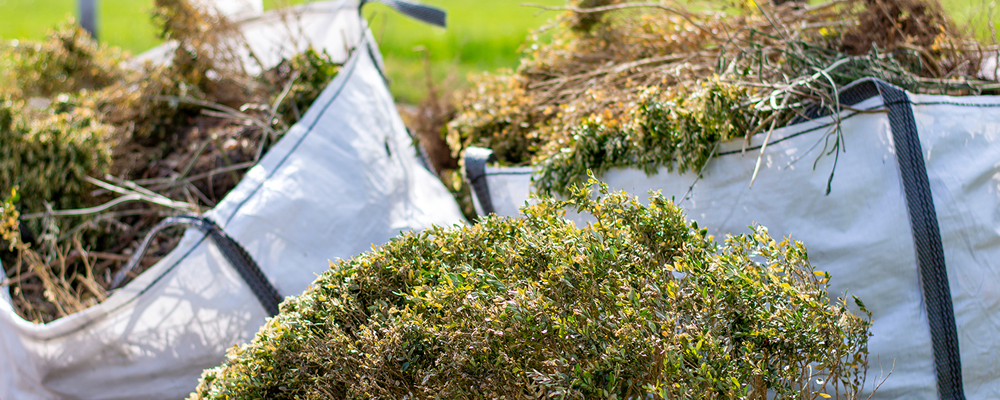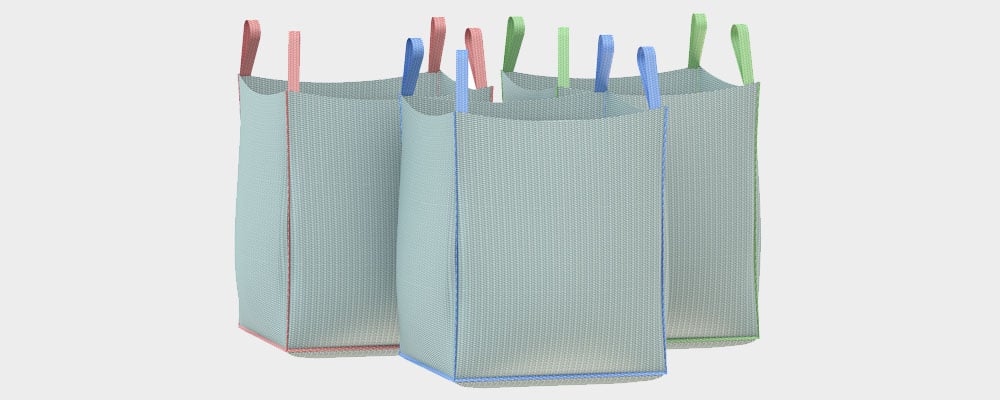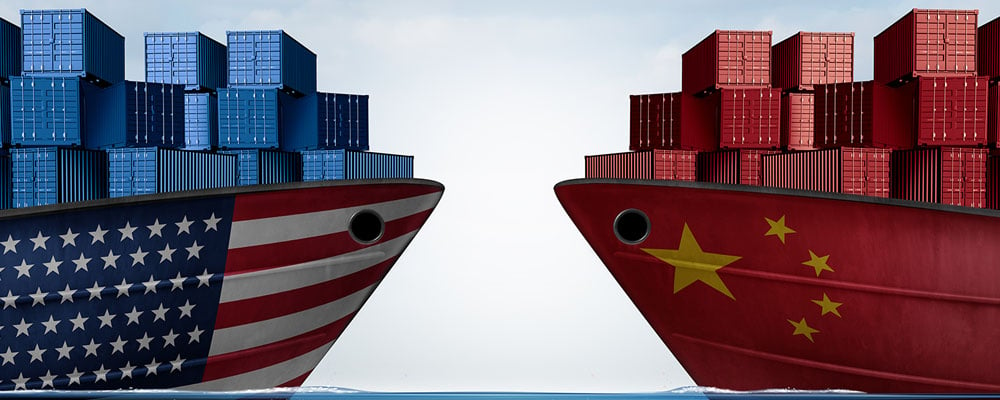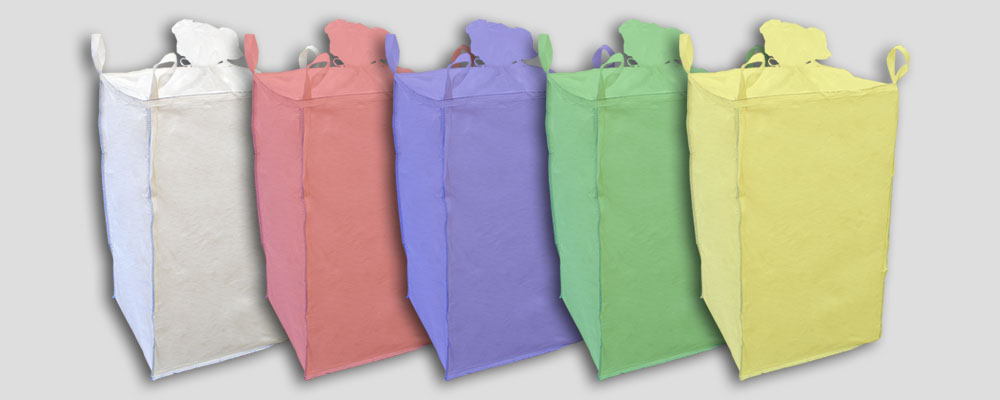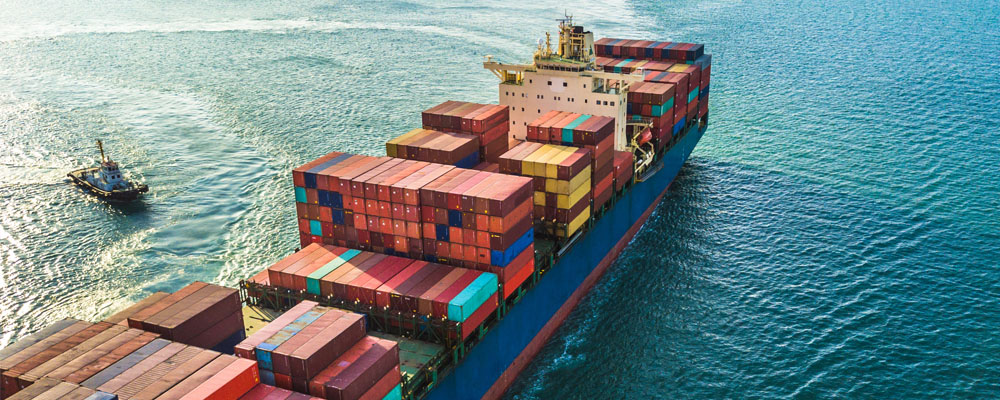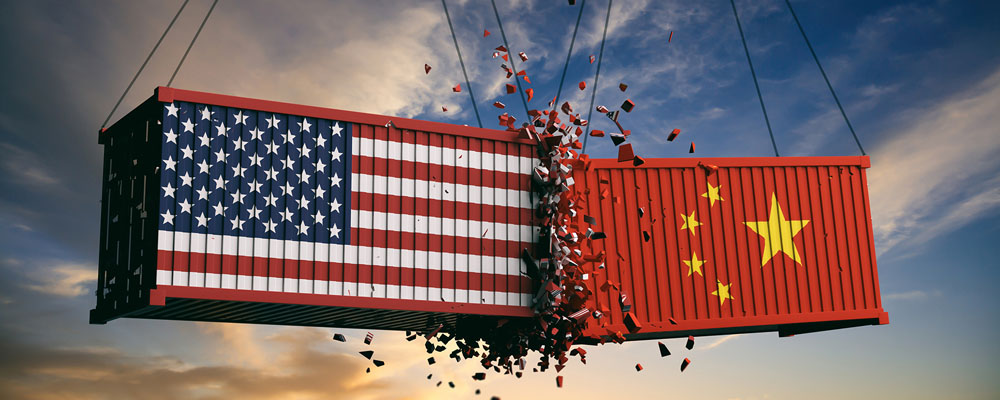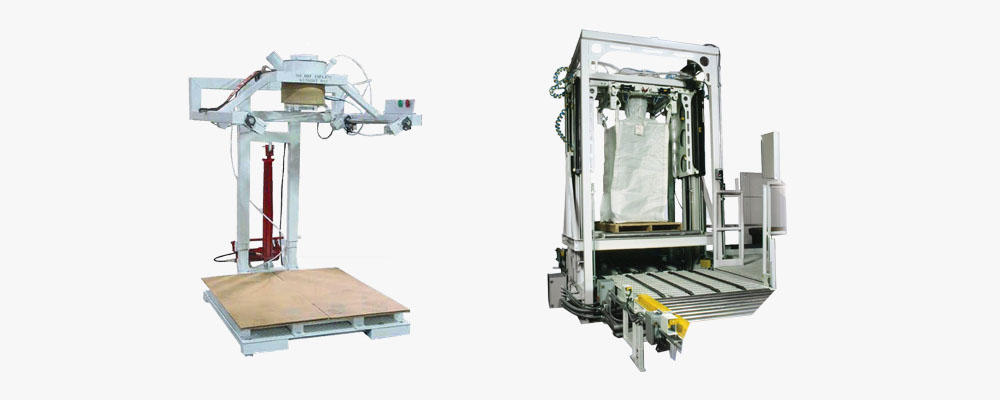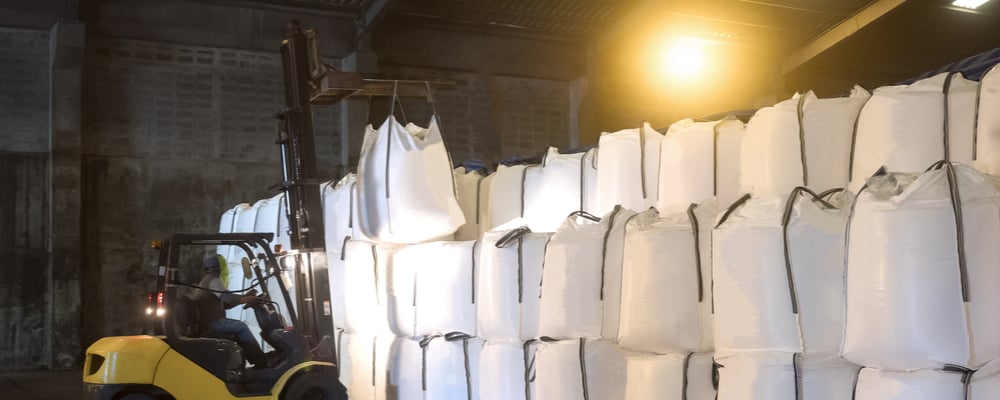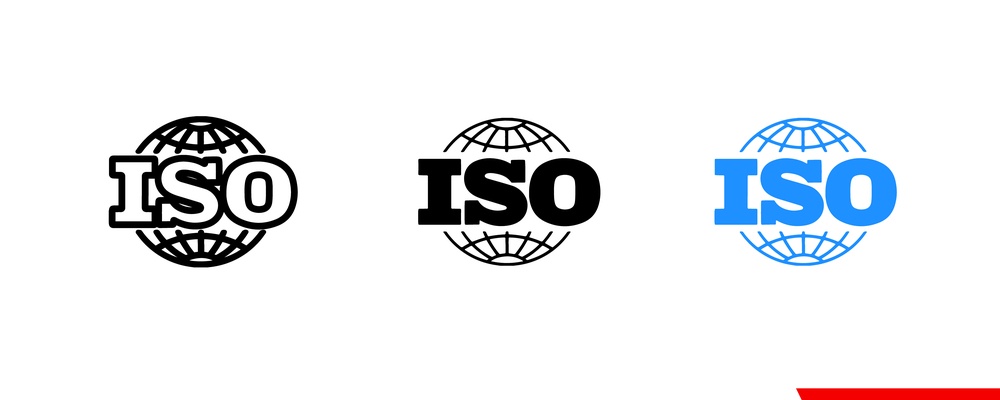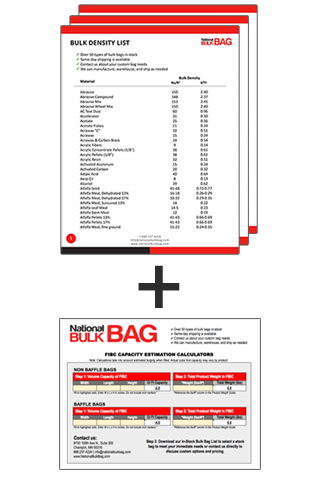As the FIBC industry continues to expand, more and more use cases are being identified. In fact, it seems like every week we hear about an innovative new use of bulk bags, either for storage or transportation of materials. In addition to new uses for FIBCs, we are also seeing new industries embracing the use of bulk bags, including some that have never used them before.
FIBCs offer several advantages, including their affordability, versatility, durability and ease of use. One other notable advantage is their ability to be easily moved throughout a facility and loaded onto transport for shipping. They can be stacked, wrapped and even palletized, which is part of the reason they are so popular for such a wide variety of applications.
The FIBC industry is continually evolving in response to the changing requirements of end users. As the industry evolves, so do the products offered by vendors. At National Bulk Bag, we are continually excited by the new and refined products entering the market. Many of these product innovations offer promising benefits for specific industries and use cases.
Spout bottom FIBCs are ideal for a wide range of applications due to their flexibility and easily controlled discharge of materials. However, due to their design, spout bottom bags can be prone to clogging.
Product innovations within the FIBC industry are occurring on a large scale outside of the United States. Many overseas suppliers maintain and run facilities that meet international standards and are consistently looking for new ways to innovate and create new products for the industry.
We get a ton of questions when speaking to current and potential customers at National Bulk Bag. One of the most common questions is about what a “standard FIBC” is. When it comes to the bulk bag industry, beyond FIBCA, there is no central bag authority that defines standards. However, that doesn’t mean that there aren’t commonly used construction types and use cases. What is a standard FIBC? Does the industry have defined standards?
If you’re working with a quality FIBC distributor, chances are they have an available in-stock bag that will work for your product and application. This is generally a fantastic option as it is usually a cheaper option, offers significantly reduced lead times (time from bag purchase to delivery), and can deliver large quantities quickly. However, there are circumstances where an in-stock bag may not be compatible with your operation and/or facility.
As 2019 came to an end and 2020 was just beginning, the world saw a drastic de-escalation in the ever-changing trade war between the United States and China. We wrote about the potential impact the trade war could have back in early 2019 with this post (“Impact of the USA-China Trade War on the FIBC Industry”). At that time, it was impossible to know just how far the trade war would escalate and which products the tariffs would ultimately impact the most.
If you’re reading this and haven’t been disconnected from the outside world for the last 60-days, then I don’t need to tell you that the Novel Coronavirus (COVID-19) has completely flipped the world on its head. Global markets, supply chains, manufacturers, and financial markets have all come to a turtle paced crawl in the last 30 days with the impacts being felt in every corner of the globe – and the FIBC industry is no exception.
We at National Bulk Bag take a lot of pride in our ability to be a spot-need filler of FIBCs. However, as the industry has transformed, so have we – and part of that process has been becoming more of a solutions provider in the industry as opposed to just a spot-need filler. Dealing with businesses looking for larger and more complex solutions has also drastically changed the product offerings we deliver to our customers as a distributor.
As a distributor of FIBCs, our overseas manufacturing partners greatly impact the product we sell. A great amount of the value we add as a distributor comes from the relationships we have with our manufacturers and our ability to properly vet them and the products they ship. These manufacturers not only make the bags themselves; they conduct QA (quality assurance) and product testing on site before the bags are shipped – an extremely important part of the procurement process (for a deeper look into what quality distributors do to vet their suppliers, check out this blog).
If you’ve been following the National Bulk Bag blog, you’ll know that providing readers with quality information about FIBCs is a top priority. The hope is that if our readers are armed with the best information, they can make the best purchasing decision and ensure they get a quality bag from a quality distributor. A big part of that process is quality control and quality assurance (QA).
Globalization has impacted the lives of Americans and American Companies in significant ways. Perhaps one of the most impactful effects of globalization has occurred in product supply chains – and the FIBC industry is no exception. As we have noted several times in the past, the vast majority of bulk bags are now produced overseas – primarily in Asian countries. The benefits of this shift have been great for the industry as a whole, but it hasn’t come without drawbacks.
We’ve asked this question quite a few times on the National Bulk Bag blog: how do buyers know they are working with a quality distributor? Quality overseas suppliers is a key attribute that sets US distributors apart from the competition. If you don’t have quality suppliers, you won’t have quality product – and you, the customer, end up paying the price.
Uncertainty is often the enemy of markets and industries. It’s been in the headlines for almost 2 years now – the “looming” trade war with China. Now, to be sure, we’re not here to analyze the dispute as a whole or pass judgement on whether it’s a full-blown trade war or simply the start of one. No matter what one may think of the current situation between the United States and China, there is no doubt it has created a great amount of uncertainty around the industries that source materials and products from Asia.
If you’re currently using flexible intermediate bulk containers in a production facility, then you know it’s quite a monumental task moving bags throughout your facility. Moving empty bags, filling them up with product, moving them across your facility to ship and/or discharge; it can be quite the manual process involving a lot of labor. However, there are solutions that can significantly reduce the amount of manual labor required to do all these tasks while simultaneously improving the overall safety of your facility. We are talking about automated bagging systems.
Recently we discussed using full bottom discharge (diaper bottom) flexible intermediate bulk containers with certain products like wet coffee grounds and other wet or high moisture products. This brought to light that we at the National Bulk Bag blog have not talked very much about the use of bulk bags with wet/high moisture products and/or materials. Let’s change that. In this post, we discuss the best practices when handling wet products and/or materials and what bag features to look for that can help mitigate some of the issues that come with those products/materials.
Updated: 1-19-2023
Flexible Intermediate Bulk Containers (FIBCs) are an ideal bulk packaging option for businesses all over the world. These industrial containers provide a cost-effective option for a wide range of applications. Whether you are storing and/or transporting a dry flowable product, food grade products, or even hazardous materials, bulk bags can store and transport your product safely and efficiently.
ISO (International Organization of Standardization) is an independent, non-governmental international organization with a membership of 162 national standards bodies. Through its members, it brings together experts to share knowledge and develop voluntary, consensus-based, market relevant international Standards that support innovation to global challenges.
When it comes to FIBCs, quality is one of the most important aspects to purchasing. Any buyer needs to know that they are getting a quality product from their distributor of choice. Why you ask? Safety. Bulk bags are used to carry thousands of pounds of products and raw materials in facilities all around the world. If a bag fails, people can get hurt. Even worse, if a bag fails under the wrong circumstances, fatalities can occur.

